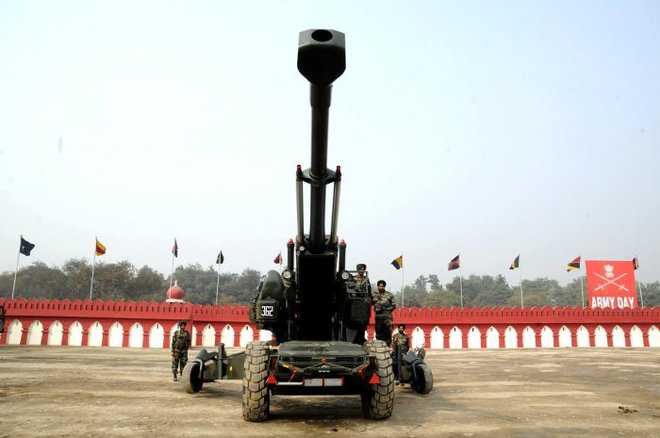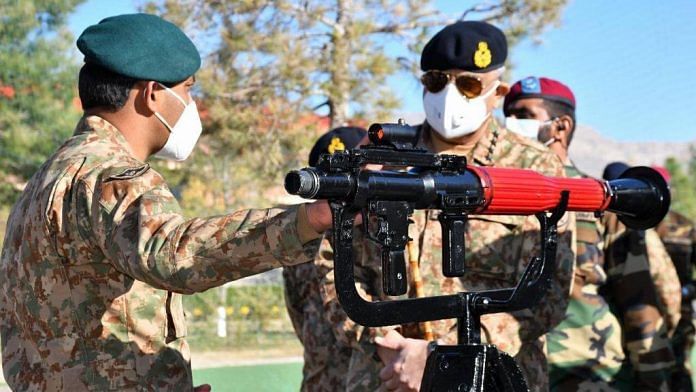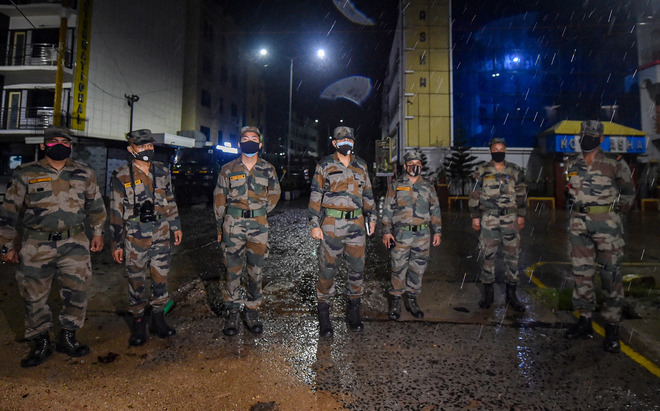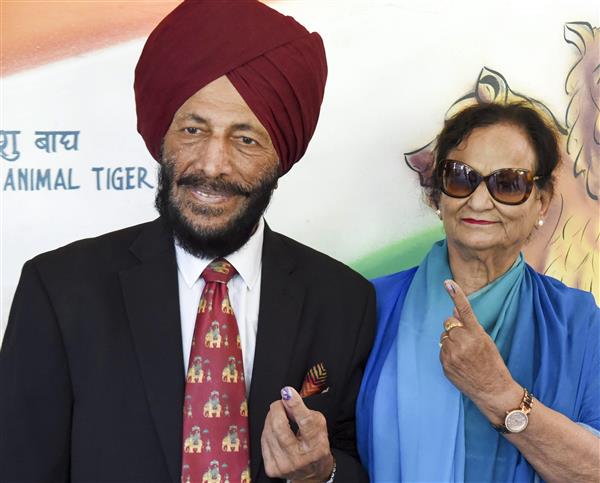
Prime Minister Imran Khan has said that once the Kashmir issue is resolved, there will no longer be any need for nuclear deterrents. He said this while speaking to journalist Jonathan Swan on Axios on HBO. “Intelligence analysts say Pakistan has the fastest growing nuclear arsenal anywhere in the world. Why?” the interviewer questioned.
“I don’t know where they’ve come up with this. Pakistan’s nuclear arsenal is simply a deterrent, to protect ourselves,” he said, adding that he was “not sure” whether it was growing. “As far as I know, it’s not an offensive thing. Any country which has a neighbour seven times its size would be worried.”
He went on to say that he was “completely against nuclear arms”. “I always have been. We’ve had three wars against India and ever since we have had a nuclear deterrent, there has been no war between the two countries. We’ve had border skirmishes but we’ve never faced war.
“The moment there is a settlement on Kashmir, the two neighbours would live as civilised people. We will not need to have nuclear deterrents.”
Uighur Muslims
Asked why he was so outspoken about Islamophobia in the West but silent about the genocide of Uighur Muslims in China, he said that all issues were discussed with China “behind closed doors”.
“China has been one of the greatest friends to us in our most difficult times. When we were really struggling, China came to our rescue. We respect the way they are and whatever issues we have, we speak behind closed doors.
“I look around the world what’s happening in Palestine, Libya, Somalia, Syria, Afghanistan. Am I going to start talking about everything? I concentrate on what is happening on my border, in my country.”
He questioned why this was such a big issue in the Western world when the people of occupied Kashmir were being ignored. “It is much more relevant. Compared to what may be going on with the Uighurs, 100,000 Kashmiris have been killed,” he said, adding that the occupied valley had been turned into an “open prison”.
“Why is that not an issue?” he asked, adding that he considered it to be “hypocrisy”.
He said that he was concentrating on the things that concerned the country and its borders. “One hundred thousand Kashmiris dying, that concerns me more because half of Kashmir is in Pakistan,” he said.
Talking about the open letter he had written to leaders of Muslims states calling on them to unite against Islamophobia, PM Imran said: “There is a big communication gap between the Islamic world and Western societies. It happened after 9/11 when the world ‘Islamic’ terrorism came into currency.”
The moment you say Islamic terrorism, the common man in the West thinks there is something within the religion which leads to terrorism, he said. After 9/11 any time there was a terrorist act where a Muslim was involved, 1.3 billion Muslims across the world started becoming targets, he said.
Sexual Violence In Pakistan
Asked to respond to his comments linking the incidence of rape to obscenity, the premier said: “It is such nonsense. I never said that […] I said the concept of purdah which is to avoid temptation in society.”
He said that Pakistan had a completely different society and way of life. “If you raise temptation within society and all these young guys have nowhere to go, it has consequences.”
“Do you think that what women wear has any effect, that it is part of this temptation?” Swan asked.
“If a woman is wearing very few clothes, it will have an impact on men unless they are robots. I mean it’s common sense,” he said. If you have a society where people haven’t seen that sort of thing it will have an impact on them, he said.
When the interviewer brought up his past as an international cricket star, PM Imran said: “This is not about me. It’s about my society. My priority is how my society behaves […] so when I see sex crime going through the roof we sit down and discuss how to tackle it. It is having an impact in my society.”
























































































































